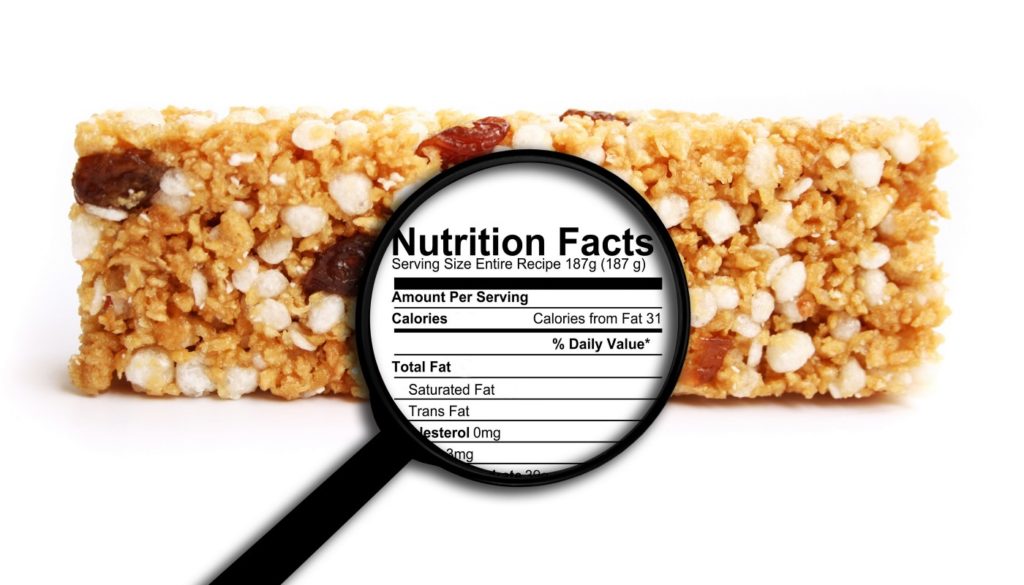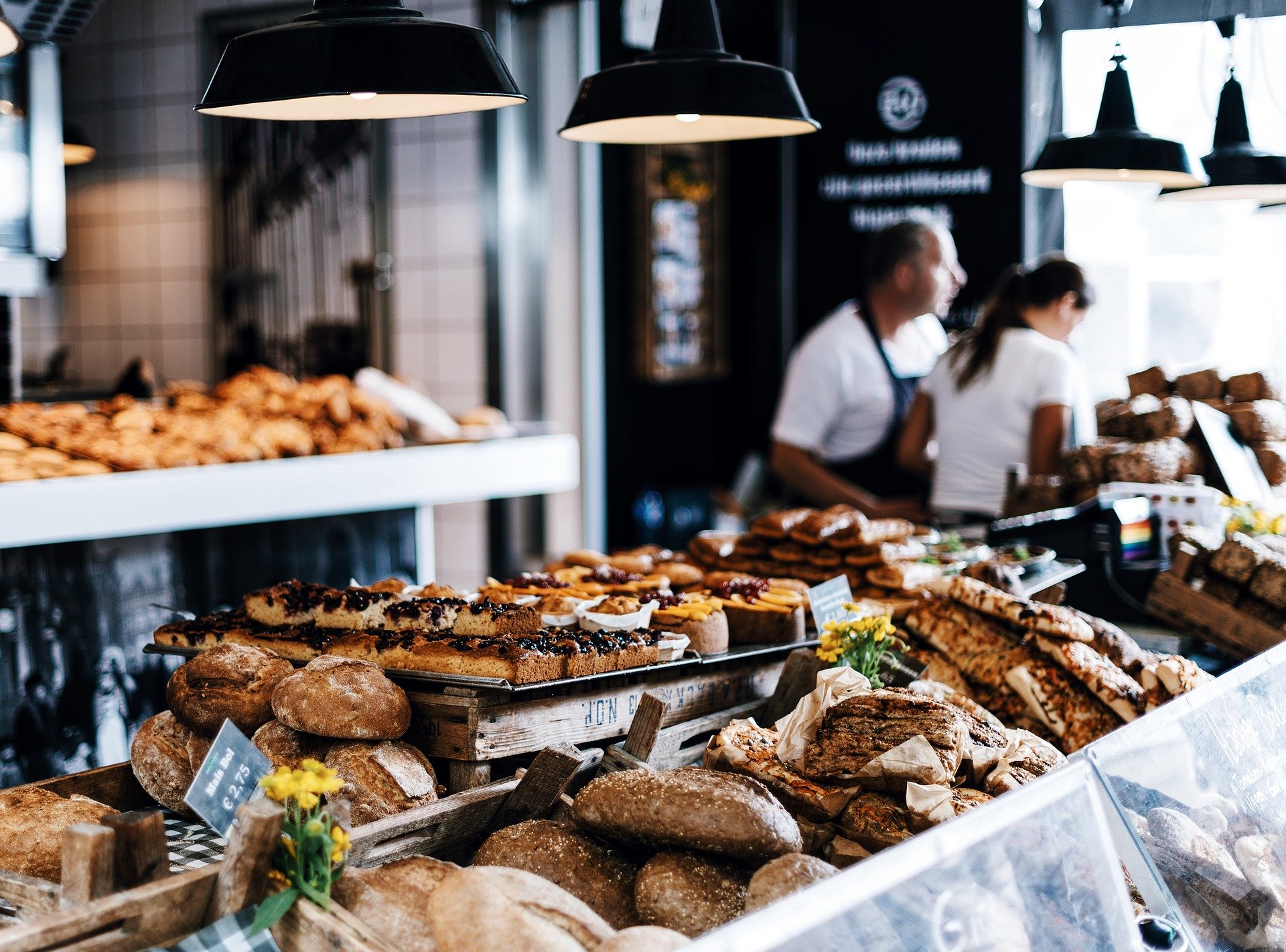Starting a small food business is a highly risky proposition. To avoid the pitfalls of starting a small business, here are a few steps to consider to help you successfully take your food product from idea to commercialization.
Very recently Food Pod published 6 Steps to Bring Your Food Product to Market.
- Do your research

Before jumping in headfirst, investing your time and money into producing a retail-ready product, you need to start at the beginning: research. Even if you’ve come up with an original idea, chances are someone else has thought of it too, and you need to figure out how to differentiate yourself. A quick Google search will be able to tell you if there is a similar product already on the market. If not, there’s probably a reason why (high costs, low practicality, low demand, etc.). Or, you could be extremely innovative!
Talking to people in the food industry or attending trade shows can give you an idea of how your product will do in the market. Not only will you learn more about current food trends, but you can also figure out how to set yourself apart from the competition. Many trade shows also offer seminars and workshops that will teach you valuable information about the food industry in general, although they can be expensive! Starting at your local Farmer’s Markets, your neighborhood coops, or the local foods section in some grocery stores can be a budget-friendly alternative.
Next, it’s essential to test your recipe on your friends and try to get some honest feedback. When the Pod Foods founders started Green Pea Cookie, for instance, we’d bake the cookies and give them out in Dolores Park, San Francisco and collect a survey that allowed our taste testers to leave ratings and comments for us on the texture, flavor, size, and more.

- Figure out how to finance your project
Creating a food product is expensive. Even if your goal is to gain local distribution for your product instead of major national chains, you will still encounter various expenses. Think about the costs that go into making chocolate chip cookies. You will need to buy ingredients and packaging, print up labels, store the finished product and travel to different stores to present your product. Altogether, these expenses can add up.
If the costs of bringing a food product to market seem too high, remember you have other options. Local farmers markets and co-ops can be a great way to test the demand for your product without diving headfirst into the competitive retail industry.
There are many funding options for food brands. Friends and family are an excellent place to start, as well as your own back pocket if you’re starting out to test the idea. There are also a few crowdfunding campaigns like Kickstarter, Indiegogo, and Pieshell, which has been specially developed for food brands. It’s a great way to introduce your product to the public while getting money and feedback at the same time.

- Perfect your packaging
Packaging is your brand’s first impression to consumers. It communicates the message you’re trying to convey while grabbing the attention of potential customers.
Typically, average grocery stores carry around 40,000–50,000 unique products. Even the smallest local markets carry thousands of products, creating fierce competition for shelf space. To stand out amongst scores of competitors, you need packaging that catches the eye and sets your product apart.
Understanding your target customer will help you design a package that will sell. For example, imagine you’re creating an energy bar. Is your bar for specifically for athletes, or is it perfect for everyone? Does it meet specific nutrition needs, such as high protein or paleo-friendly? Understanding who your product is for will make it easier to decide on the design of your package.
Whether you design it yourself or enlist the help of a designer, packaging design will help sell your product and increase overall marketability.

- Understand FDA regulations
Different food products are subject to different FDA regulations. To create a store ready product you will need to make sure you are familiar with the state and federal rules concerning for your product’s category.
If you are using a co-packer or an industrial kitchen to produce your product, local health agencies will require them to submit to regular inspections. However, if you are making your product in a home kitchen, you may be exempt from some regulations. Before you begin manufacturing your product for selling in stores, familiarize yourself with which rules will apply to you.
No matter where you produce your product, it will need a label that fully complies with the FDA labeling guidelines. Stores will not risk the problems that arise with stocking a product that is not FDA compliant. Getting your label correct from the beginning will save you time and energy down the road.

- Protect your products
Bringing your product to market means working with individuals who have varying levels of access to your product and ideas, from investors to consultants to co-packers. Although it may not be the most exciting part of creating your food product, having a non-disclosure agreement (NDA) in place with these people will keep your idea safe.
Remember, you cannot copyright or patent a recipe, only manufacturing processes or literary expressions of a recipe (like a cookbook). If you make hummus with a special secret ingredient, you cannot ensure that no one else will be able to replicate your recipe. Having a lawyer draw up a simple NDA reduces the risk of anyone sharing your information.

- Marketing
Joining a competition is one of the easiest way to market your product and get importers and distributors in Asia. Join now Asia International Taste Awards HERE:
Just like packaging, marketing has a significant impact on how your product will sell. Creating a solid marketing plan early on will give you a clear direction for your business, and will make decisions easier when they arise, such as where to source ingredients, your ideal packaging, your brand’s message, etc.
Conducting market research during the beginning stages can help you learn what consumers are looking for and current trends in the food industry. Selling your product at farmers markets or small local stores will let you judge the ideal price to charge and quickly identify your target customer.
Getting customer reactions before presenting to stores will make it easier to get your product on the shelf. When a store feels that there will be enough demand to make a profit, they will be more likely to stock your product.
Successfully bringing your food product to market means being prepared for any obstacles that might come up.



